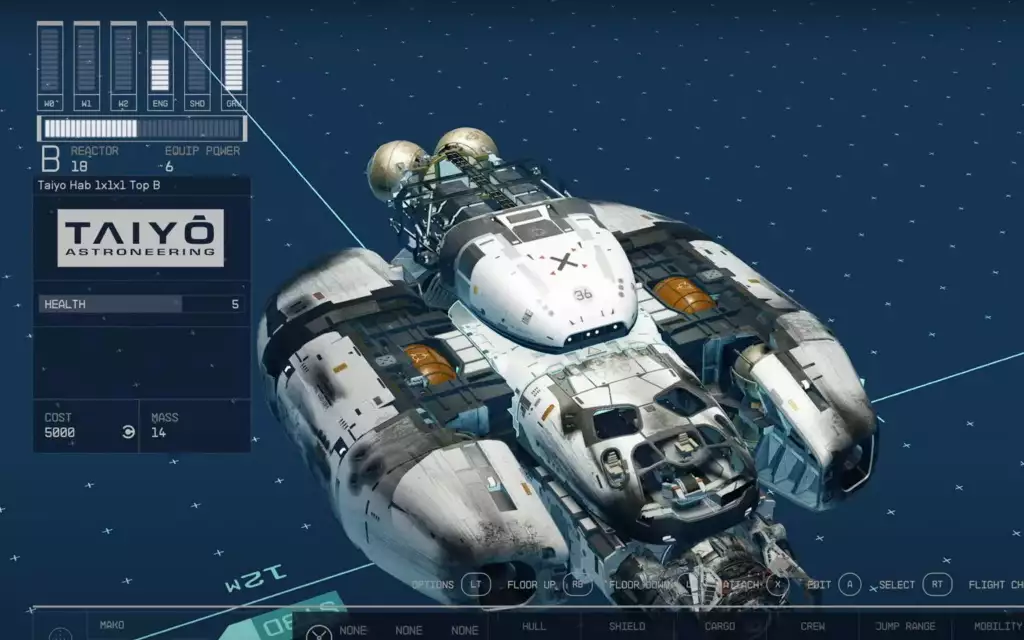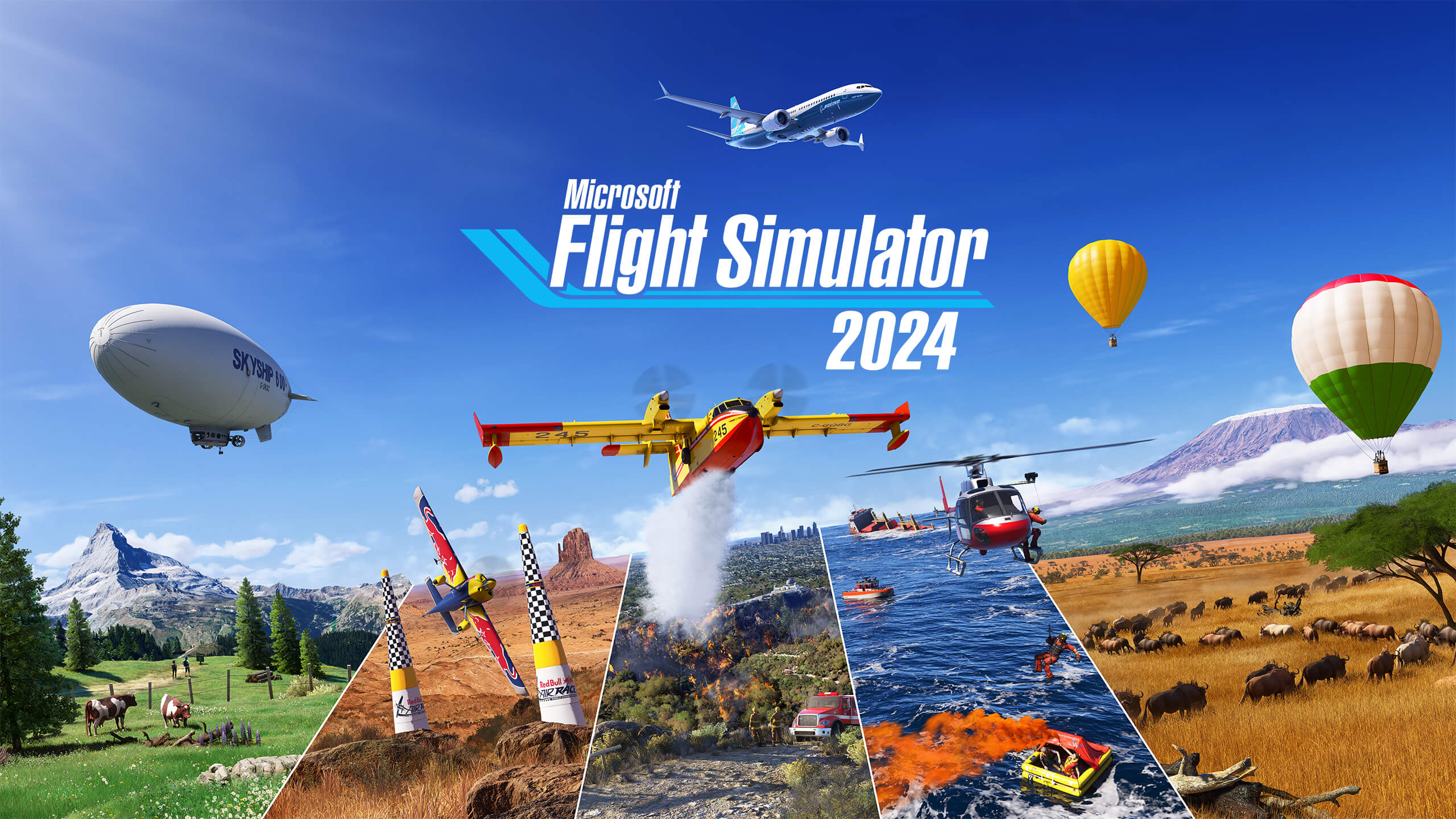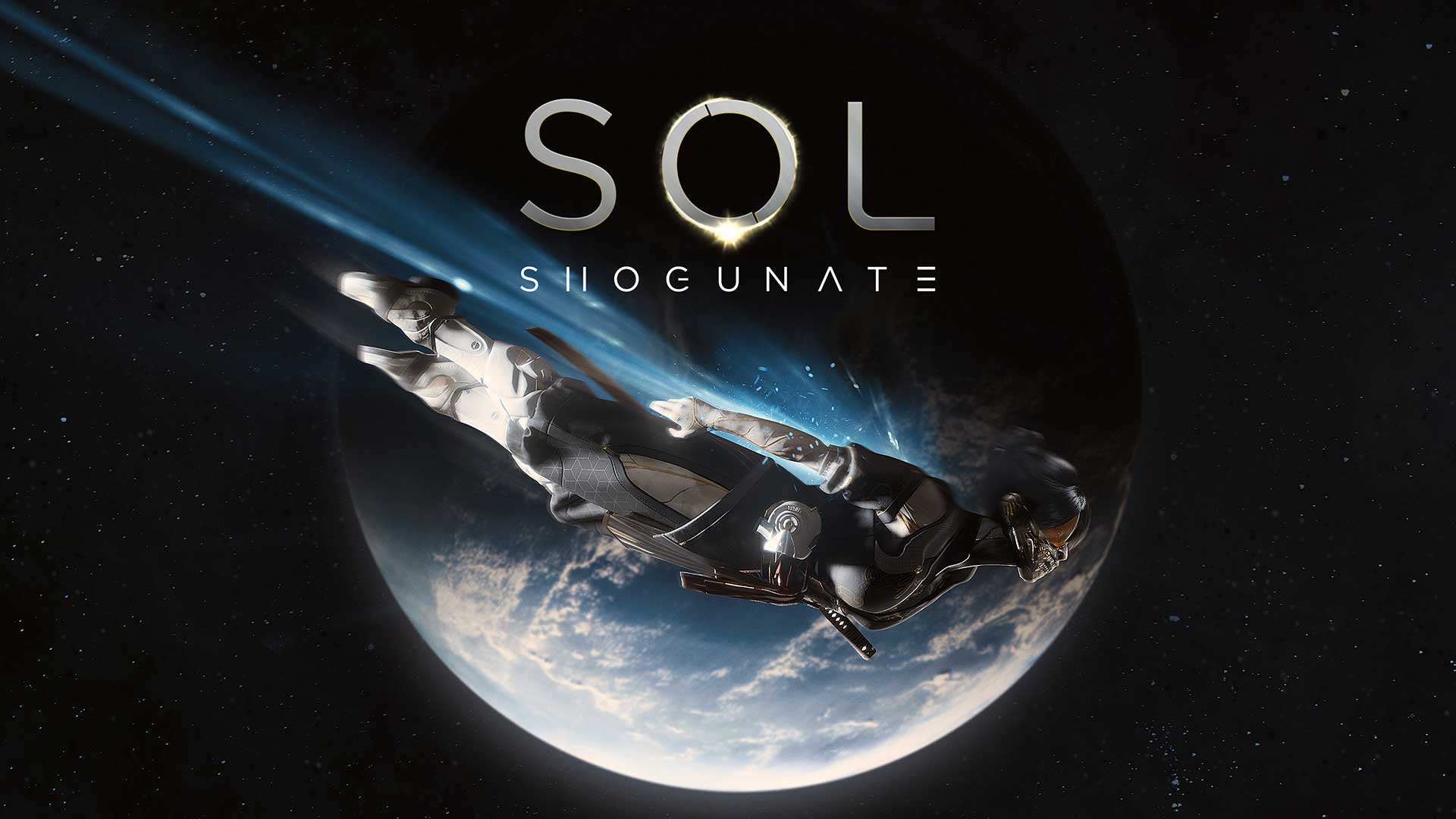*Many of the details of this article were also discussed on this week’s Starfield Lorecast Podcast. Listen below or on your favorite podcatcher.
Bethesda’s main series games are often inspired by touchstone tabletop roleplaying games. Elder Scrolls came about as a mish-mash of Runequest, Tunnels and Trolls, and even an active homebrew campaign of old-school Dungeons & Dragons that developers were playing at the time of Elder Scrolls: Arena’s development. Fallout has deep roots in the GURPS TTRPG as Tim Cain’s initial Fallout 1 prototype ran off of the engine that the pen-and-paper RPG uses. So it would be safe to assume that Starfield would at least find one of its cornerstones in a TTRPG space, right?
In the first Constellation Questions: Talking Starfield with Todd Howard, Howard revealed that the idea for Starfield has some of its DNA come from his time spent playing and programming Traveller, a sci-fi adventure in the far future. So what is Traveller and how could it inspire the open RPG design that Bethesda is famous for?
Traveller’s setting is firmly in the Space Opera category of Science fiction. Space travel is focused on ship’s jump drives, where each jump takes about 1 week to complete. There’s no Faster Than Light (FTL) communication, which makes the game feel more like a space western where news disseminates slowly and travel is much more arduous across the galaxy. Campaigns could feature planetary military conquests, crew-based naval operas, or simply rag-tag groups of traders looking to get by in unknown regions of the galaxy. You will need to maintain your ship, equipment, and characters in a wide range of galaxy-spanning scenarios.

Every good TTRPG and Bethesda RPG starts with good character creation. Traveller is unique in comparison to some of its contemporaries like D&D where characters do not have set classes. Instead, the character creation process features Careers such as Law Enforcement Agent or Engineer. Each of these careers has qualifying attributes, so you would need your stats to line up with what career you choose. There’s also pre-campaign background information broken up into different Terms. For example, your character could go to University, drop out, end up joining planetary security, and then jump ship to be a space pirate, a raid goes wrong, and they walk away with a limp for the rest of their lifespan. This scenario is all before the game even starts! If we return to the official Gameplay Showcase for Starfield, we can view some of these touchstones in the character creation preview shown. There are options like Bounty Hunter, Diplomat, Professor, or Homesteader. There are even optional traits that could expand your character history. Maybe you’ve been busy being a street rat in the city of Neon, or maybe you have a small starter home that comes with a huge mortgage you’ll need to pay off.

Skill improvement in Traveller happens over time. Time is abundant while making jumps between systems. Think of it like listening to Rosetta stone tapes to learn a new language. Characters are not limited to certain skills to learn based on their career, so characters could be more well-rounded for a multitude of situations. In expanded rules for Traveller, it is also suggested to award experience to players based on the length of time active in the field. What could this translate to? Elder Scrolls games are famous for level skills via actual use and training. The Fallout series dropped this core tenant of advancement to focus on perk-based leveling along with point allotments at the time of leveling up. Howard mentions that the Skill Systems “combines the best of our previous games” The true answer is somewhere in between use, training, and leveling up.
Traveller’s spacecraft function modularly in isometric maps that showcase rooms with certain uses. Referencing a Type S Scout Ship, there is room for workshop items, probe drones, beds, and your jump drive. Each room could be filled in with equipment that takes up certain space, so not only do you have to balance the cost of upgrading your ship, you need to balance its inventory. Starfield will host a unique modular ship customization system. You will be able to arrange the layout of fully functional interior rooms, as well as tools for hauling cargo and defeating other vessels. This system offers even more customization than Traveller would have naturally.

Traveller hosts a psionics system in place, which is something Starfield has not showcased. It is a curious concept that has appeared in countless sci-fi media. From Kaiden Alenko to Darth Vader, psionics has many different explanations and variations. Starfield grounds itself in its modern science inspirations for what space fairing societies would look years in the future. I theorize that there may be a place for light space magic due to the clear hints at alien life being amongst the field of stars. Psionics is foundationally fancy mind powers like Biotics from Mass Effect or The Force from Star Wars. In Traveller, Psionic Talents are limited to Telepathy, Clairvoyance, Telekinesis, Awareness, and Teleportation. I foresee that players will not be summoning demons from another realm, but if some form of magic is in the game, it would likely be grounded similarly. Time will tell! (Unless you had clairvoyance)
Traveller’s mechanics are tactical layout while focused on surviving the wild west of a galaxy-spanning story. Starfield is a vast open-world sandbox RPG brimming with potential. Many fans of Bethesda Softworks game library have been rallying a call back to older games like Morrowind or Fallout 3, which wear its pen and paper inspirations on their sleeves. Starfield will likely be looking to bridge that gap between the limitless imagination of tabletop gaming with the engaging customization that Bethesda’s brand of roleplaying games has had for years.

Written by Dave Chaffins
Host of Starfield Lorecast, Game Master and Producer for Rad Rolls, TTRPG Designer, Full Time Geographer




